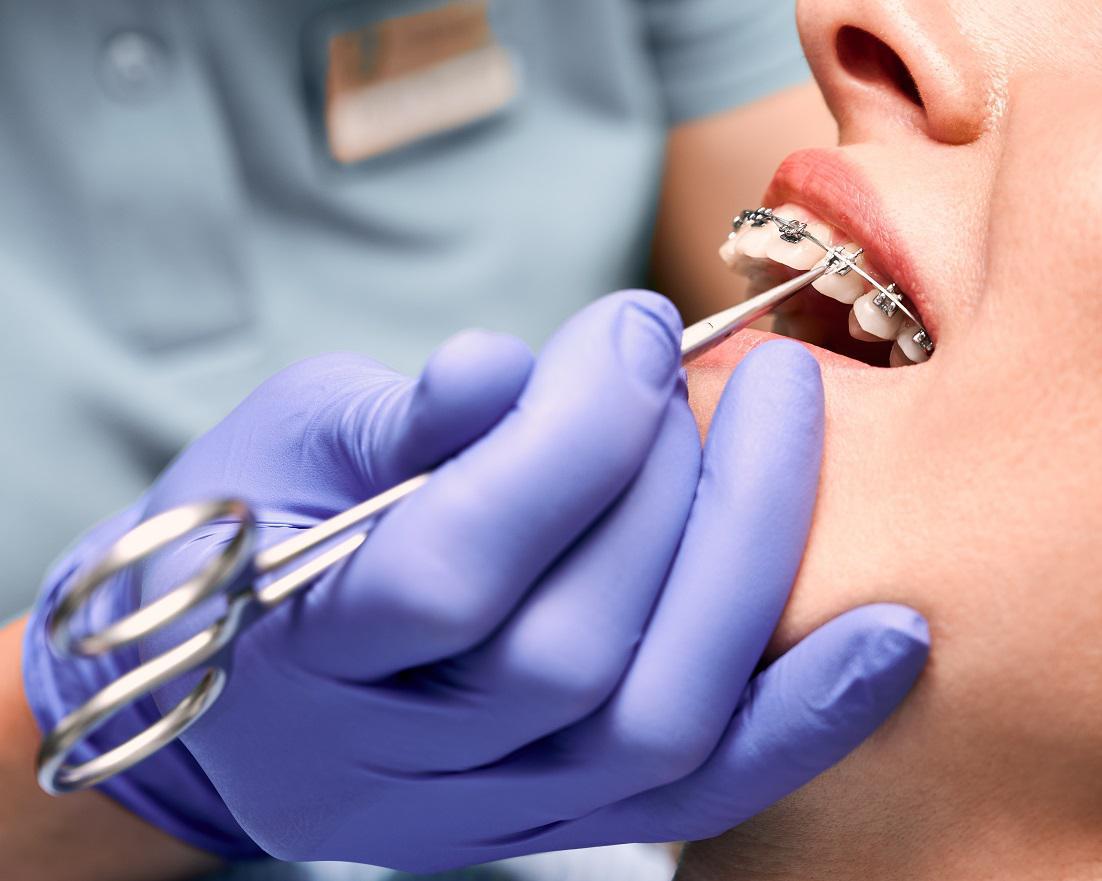Orthodontics is a field of dental science that deals with the diagnosis, prevention, and correction of malocclusions. In the field of orthodontics, malocclusions describe improperly aligned teeth or jaws. This means that an orthodontist is a professional specializing in the prevention and treatment of dental and jaw misalignments.
There are several different types of orthodontic treatments that orthodontists can use to shift teeth into their correct positions. Typically, the most widely-known orthodontic treatments include braces, clear aligners, and lingual braces. However, there are plenty of little-known orthodontic solutions that can make a major impact on one’s smile.
Understanding how orthodontics work to shift teeth is integral to the treatment process. In this blog post, we discuss how each of these orthodontic treatments works to move teeth into better alignment so that you can choose the best solution for you.
Traditional Braces
Braces are the most common type of orthodontic treatment that orthodontists administer. The principle behind traditional braces is simple–they work by applying gentle and constant pressure to the teeth over a period of time. This consistent and gentle pressure encourages the teeth and jaws to shift, which helps straighten teeth for a healthier, aesthetically-pleasing smile.
Traditionally, braces consist of metal brackets that a dental professional attaches to the anterior (front) surface of the teeth. A thin, metal wire (known as an archwire) threads through the brackets to connect them. Orthodontists can tighten archwires to apply light pressure to the teeth, which gradually moves them into the desired position.
Today, however, orthodontists can make braces from different materials, including ceramic. Ceramic braces are similar to metal braces, but dental professionals can make them from clear or tooth-colored materials that blend in with one’s natural teeth.
Clear Aligners
Clear aligners are a popular orthodontic treatment among kids, teens, and adults alike. Orthodontists create these aligners (like Invisalign® or Byte®) using advanced imaging technology and careful treatment planning.
The way that clear-aligner systems work is simple. Dental professionals create personalized trays that patients wear for one to two weeks at a time. Then, patients swap out their old aligners for new ones.
The aligners apply near-constant pressure to the teeth to help them move into a better position. This means that many patients experience temporary discomfort while wearing a new set of trays. However, the minor discomfort felt with each set of aligners means that treatment is working–the trays are shifting teeth into better alignment.
The main perk of clear aligners is that they are removable. This is beneficial, as many patients enjoy the freedom to eat, brush, and play without braces in the way.
Lingual Braces
Lingual braces are a type of orthodontic treatment that is similar to traditional metal braces. However, rather than placing the brackets and archwires on the anterior surface of the teeth, orthodontists place them on the posterior (back) surface of the teeth.
Dental professionals can customize lingual braces to fit each patient's teeth. These types of braces work by applying gentle pressure to the teeth over a period of time.
Lingual braces are a good option for patients who are concerned about the appearance of traditional metal braces. Because orthodontists place them on the inside of the teeth, lingual braces are virtually invisible from the outside. They are also less likely to break or dislodge compared to traditional braces, as their location protects them from damage.
Palatal Expanders
Palatal expanders are devices that orthodontists can use to widen the upper jaw. Palatal expanders work by applying gentle pressure to the upper jaw and teeth, which gradually widens the roof of the mouth over some time.
Headgear
Headgear is a device that dental professionals can use to correct overbites or underbites. This orthodontic treatment consists of a strap that is placed around the back of the head and a wire that attaches to anterior braces.
Headgear works by applying pressure to the teeth and jaw, which gradually moves them into the correct position.
Retainers
Retainers are devices that patients use to maintain the position of their teeth after orthodontic treatment. Dental professionals strongly recommend retainers following corrective treatments, like braces or clear aligners.
Patients should wear their retainers almost constantly for roughly four months to prevent their teeth from shifting back to their starting positions. After four months, patients can transition to wearing their retainers primarily at night.
Ask Which Orthodontic Treatments Are Right For You
There are several different types of orthodontic treatments that patients can use to shift teeth into their correct positions. Each treatment works by applying gentle pressure to the teeth over a period of time. The type of orthodontic treatment that is best for each patient will depend on several factors, including the severity of the malocclusion and the patient's preferences.
Consult with our orthodontist today to see which corrective treatment is best for your smile, lifestyle, and budget!


